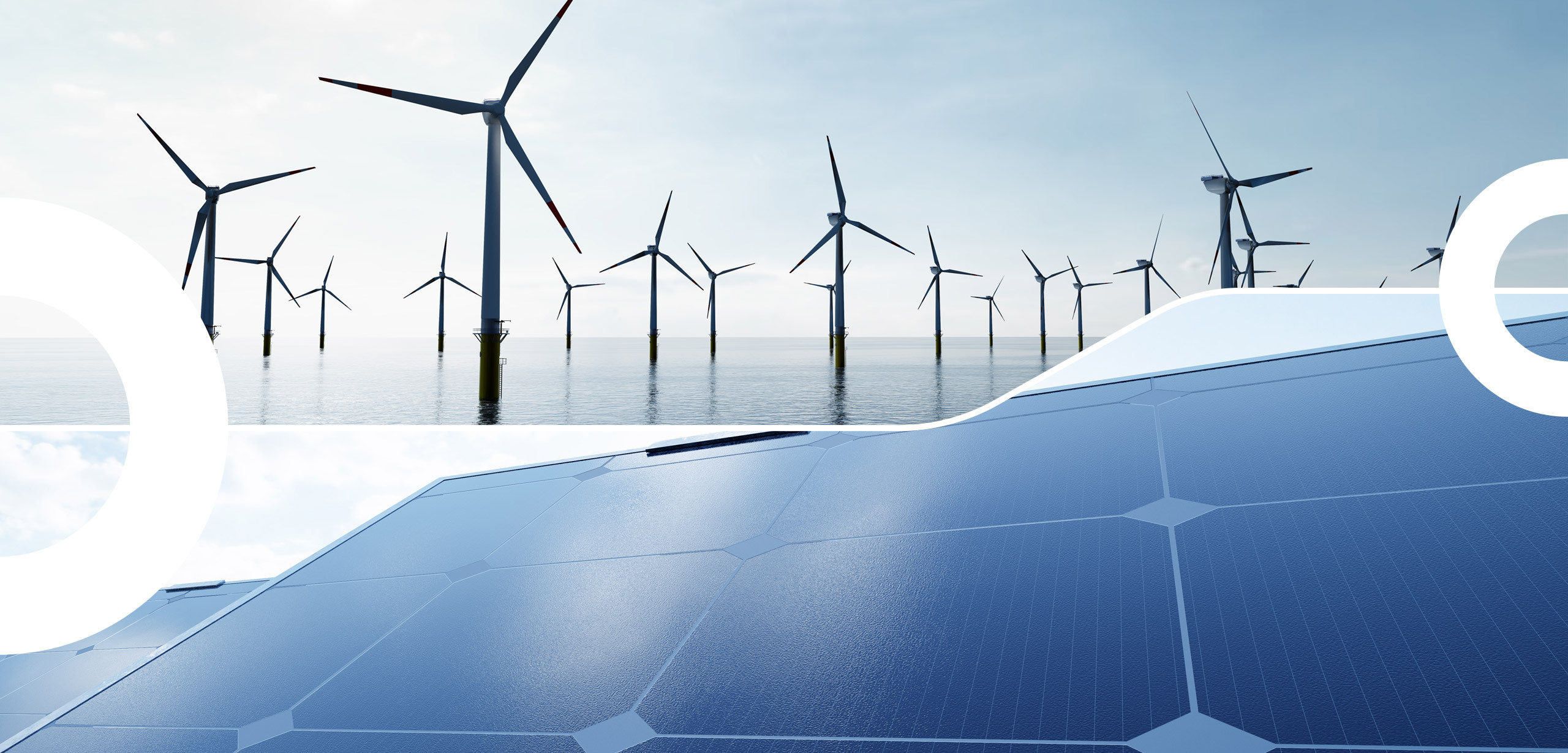A Dutch venture with international roots, Sympower offers a solution that unlocks the flexibility of distributed assets to provide efficient and sustainable balancing services for grid operators. Here, CEO and founder Simon Bushell explains what makes the company tick.

Can you tell us a bit about the company and its founders?
Founded in 2015 as an independent aggregator, we currently have over 60 employees and are located in nine countries. We always work with a local team in each country.
Our mission and my personal mission at Sympower is to contribute to the systemic change needed to stop the climate crisis. I was part of the 2018 Forbes 30 under 30 Europe list for Social Entrepreneurs and was named one of the top talents of 2018 by the Dutch daily financial newspaper, Het Financieel Dagblad. Alongside Sympower, I was also on the inaugural committee of the Dutch Youth Climate Movement (de Jonge Klimaatbeweging), and am a published researcher on the subject of climate change communication.
How does your solution contribute to the Digitalisation and Decarbonisation of the energy sector?
Sympower’s cutting-edge and state-of-the-art technology offers solutions to the inherent problems of the grid with a high renewable generation mix – namely increasing volatility, less predictability, and more congestion. This is especially key for Electric Power Companies (EPCOs) and Transmission System Operators (TSOs).
What is your company’s proudest achievement to date?
We are currently managing 450+ MW of flexible loads, providing services to five TSO in five countries, and expanding further.
What specifically attracts you about the prospect of expanding to the Japanese market?
The size of the market, the solid infrastructure, and the number of potential customers in the heavy industry sector.
How will your solution/product help advance the Japanese energy sector?
Sympower’s expertise and insights gained over the years and across competitive European markets will bring huge benefits to the Japanese energy players and their energy customers participating in the balancing market there, which is modelled after Europe.

